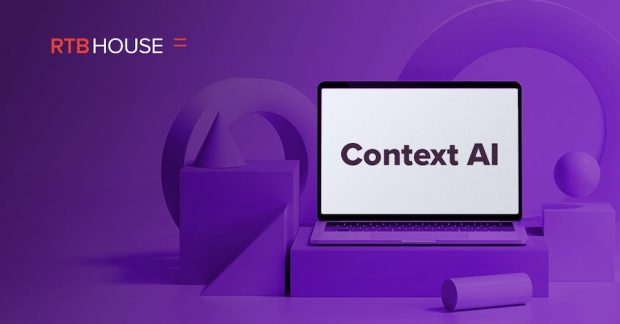How Deep Learning Turns Contextual Targeting Into a Cutting-Edge Tool
by on 12th Nov 2021 in News

RTB House, a market leader in deep learning-powered marketing technologies, are proud to announce the release of its globally available industry-leading Context AI solution. The solution will play a key role in helping advertisers navigate the cookieless landscape.
Google’s privacy-positive decision to retire third-party tracking cookies means that individual identity based targeting methods will soon become ineffective. This means that forward-looking MarTech companies need to work on anonymous targeting solutions.
One of the best cookieless targeting solutions is also one of the industry’s oldest: contextual targeting. This method fell out of favour when third-party tracking cookies became popular, but breakthroughs in deep learning are making contextual targeting more viable than ever.
“We have always believed that privacy-preserving advertising is the future, the writing was on the wall for third-party tracking cookies long before Google made their announcement in early 2021” said Łukasz Włodarczyk, VP of programmatic ecosystem growth and innovation. “It seems that other tracking methods perceived as surveillance-based, such as fingerprinting, will be phased out in the next decade. This highlights the need for novel approaches that enable advertisers to reach the right audience without identifying individual consumers. ”
RTB House’s Context AI solution is the result of four years of active development and takes advantage of other innovations, such as a Brand Safety solution, in order to maximise results. Key features of the Context AI solution include:
- Context AI is scanning 95% of the internet, which translates into 1.5 million articles scanned every hour in over 40 languages.
- Granular contextual targeting, including phrases and inflection, allows for the creation of contextual audiences of users interested in a given topic.
- RTB House’s Deep Learning solutions are able to deliver up to 50% more value within the same marketing budget compared to legacy solutions.
“Our algorithms have enabled us to gather and interpret data from 95% of the web, in over 40 languages,” explained Mateusz Jędrocha, head of upper-funnel solutions development. “This rich data is then run through our Natural Language Processing algorithms, which use a layer based approach to understand inflection and context, enabling us to ensure that content is placed on the most relevant sites to reach quality users.”
While this solution has been developed to thrive in the cookieless future, we believe it is very relevant today. Our “Three Pillars” marketing approach is designed to maximise the benefits of all existing targeting solutions:
- Group-based targeting - that leverages 1st party data, supported by browsers, such as Google’s Privacy Sandbox
- Individual-based targeting - that uses subsidiary technologies to 3rd-party cookies
- Contextual targeting - that uses advertising relevant to a platform’s audience.
Context AI enables us to take our contextual targeting game to the next level, and can already provide real benefits for any agency or brand.
When done right, contextual targeting allows for the creation of contextual audiences of users interested in a given topic. Those audiences are then reached in the most efficient way, thanks to the deep learning algorithms responsible for bidding. The same technology decides what ad format and ad content to display, and then creates a personalised experience while fully respecting user privacy.
Artificial IntelligenceContextualCookiesTargeting








Follow ExchangeWire